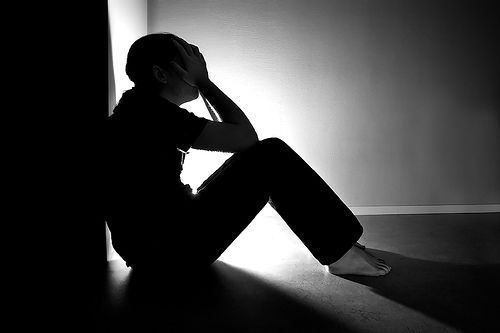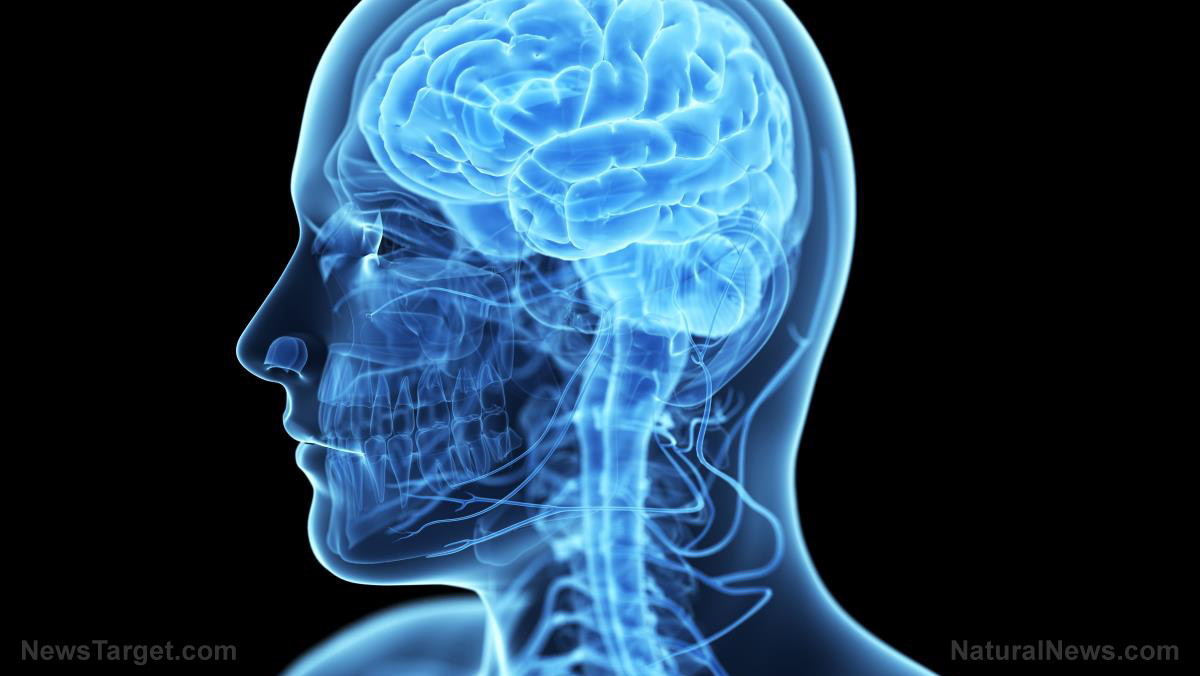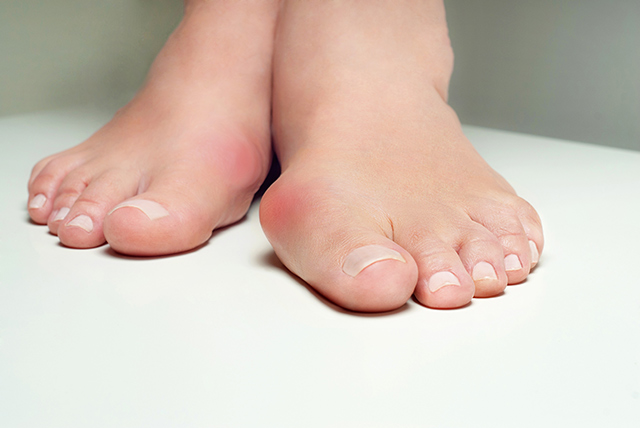“The Dangerous Age:” When menopause hits women in their 30s
12/07/2015 / By Julie Wilson

When women think about perimenopause, or the time when a woman’s body begins to make its natural transition towards menopause, they picture this process as happening in their late 40s or early 50s. However, menopausal symptoms can arise much earlier in some women, sometimes impacting those in their 30s.
What Your Doctor May Not Tell You About Premenopause: Balance Your Hormones and Your Life From Thirty to Fifty, written by John R. Lee, Jesse Hanley and Virginia Hopkins, demonstrates the struggle many early menopausal women experience.
“Premenopause syndrome is a phenomenon that all women know about, but very few have a name for. Some fifty million women are going through premenopause right now, and most of them have experienced some form of this syndrome, which is a collection of symptoms experienced by women for ten to twenty years before menopause.
“We call this pre-menopause rather than using the medical term perimenopause, because premenopause syndrome can begin as early as the mid-thirties whereas perimenopause technically means ‘right around menopause,’ meaning the year or two before, during, and after menstrual cycles end.
Memory loss, migraines, fogginess and sudden weight are just a few symptoms of early menopause
“If you’re a woman between the ages of thirty and fifty, you know a woman, maybe yourself, who has fibroids, tender or lumpy breasts, endometriosis, PMS, difficulty conceiving or carrying a pregnancy to term, sudden weight gain, fatigue, irritability and depression, foggy thinking, memory loss, migraine headaches, very heavy or light periods, bleeding between periods, or cold hands and feet.
The power of the elements: Discover Colloidal Silver Mouthwash with quality, natural ingredients like Sangre de Drago sap, black walnut hulls, menthol crystals and more. Zero artificial sweeteners, colors or alcohol. Learn more at the Health Ranger Store and help support this news site.
“These symptoms are part of premenopause for a majority of today’s women, and are the result of hormone imbalances, most of them caused by an excess of the hormone estrogen and a deficiency of the hormone progesterone.
“As you’ll discover as you read on, natural progesterone is essential for maintaining hormone balance, and yet it has been largely overlooked by conventional medicine because of medical politics and pharmaceutical company profits.
“However, premenopause symptoms are not just about biochemistry. They are also about women who are out of touch with the cycles and rhythms of their bodies, their feelings, and their souls. These are women who struggle to balance families and work, women who forget to take care of themselves, and women who aren’t getting the help they need from their health maintenance organization (HMO).”
“Premenopause as a Life Cycle”
“There was a time when a woman’s mother, grandmother, and aunts would quietly let her know what to expect during each phase of her life and help her through the rough patches with herbs and homespun, time-tested wisdom.
“These days the medical profession has taken over the role of a woman’s extended family, but sadly, the advice they have to give out has more to do with dispensing drugs and scheduling surgery than with solutions that are healing, or that even work!
“When women have premenopausal symptoms, estrogen is commonly prescribed. When that causes irregular bleeding or cervical dysplasia, or doesn’t help their symptoms, their doctors often then resort to surgically induced menopause in the form of a hysterectomy, or they try personality-altering drugs such as Prozac and Zoloft to medicate them until they get through this particular phase of their lives. Or they are given more synthetic hormones, and the wrong hormones at that.
“None of these approaches really improves the quality of a woman’s life, and they all have grave potential to cause illness and even to be life-threatening. In spite of what a conventional doctor will tell you, you can do something about the symptoms of premenopause besides antidepressant drugs, synthetic hormones, and surgery.
“We’re not trying to say you will never have any symptoms as your hormones wind down or that you can live forever or that your skin will stay smooth and unwrinkled until you’re ninety. But you definitely do not have to suffer from lumpy breasts, fibroids, and many of the other symptoms that show up anywhere from five to twenty years before menopause.
Rediscovering life after menopause
“Once a woman passes over the threshold of menopause and begins to redefine herself, she has the potential to discover the richest time of her life.
“She can look back on the energy and enthusiasm of youth as a thrilling and exciting time. Childbirth and parenting were magical and rewarding. A career was creative and empowering. Now her first fifty years of life are digested and integrated into wisdom and freedom.
“If you talk to menopausal women you will find that once a woman comes across the fifty threshold and gets a year or two over it, very few would go back for anything other than a tight butt and fewer wrinkles.
“Menopause was once called the ‘dangerous age’ because so many women begin speaking their minds at that time of life. What the world needs more than anything is for a woman to have the courage to speak her mind.”
Additional sources:
http://www.amazon.com/What-Your-Doctor-About-Premenopause/dp/0446673803
http://www.mayoclinic.org/diseases-conditions/perimenopause/basics/definition/con-20029473
Tagged Under: aging, Menopause, perimenopause, women, women's health




















